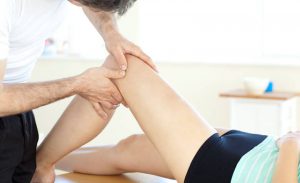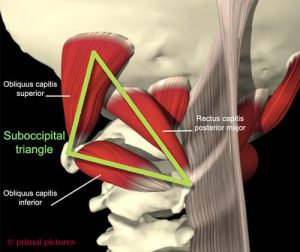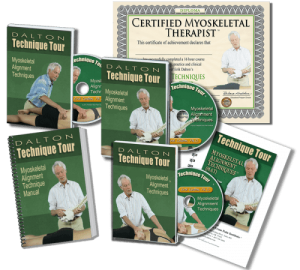Here’s another excellent study by Kariman Abelin-Genevois on the importance of good postural alignment. I’ve written extensively on this subject. See: https://erikdalton.com/blog/upper-cross-controversy

Spinal balance can be defined as the trade-off between outside forces acting on the spine and the muscle response of the trunk, under sensorineural regulation, to maintain stable upright posture, both static and dynamic. Homo sapiens developed sagittal alignment along with bipedalism.
The upright posture was an important step in human evolution, to master the environment, at the price of some instability in postural control in the trunk, and to maintain horizontal gaze. To make upright stance energetically economical and thus sustainable, reciprocal sagittal curvatures developed.
Sagittal spinal organization is governed by strict rules under physiological conditions, enabling alignment between the center of mass and the lower limb joint centers. In children and adolescents, morphologic changes related to skeletal growth and postural control centers maturation alter spinal alignment and hence spinal balance, with increases in pelvic incidence, sacral slope and consequently lumbar lordosis and thoracic kyphosis.
Global cervical lordosis remains stable, at the cost of an increase of the inferior cervical lordosis angle in correlation with T1 inclination or T1 slope. In pathology, spinal alignment may induce certain spinal pathologies such as growth-related spinal dystrophy or spondylolisthesis. It can also be altered by spinal deformity such as scoliosis, a regional disorder inducing adjacent compensatory mechanisms.
The management of spinal pathologies is indissociable from understanding and maintaining or restoring individual sagittal alignment so as to ensure physiological distribution of stresses and limit onset of complications or decompensation in adulthood.
Reference: Abelin-Genevois, Kariman. “Sagittal balance of the spine.” Orthopaedics & traumatology, surgery & research : OTSR vol. 107,1S (2021): 102769. doi:10.1016/j.otsr.2020.102769
On sale this week only!
Save 25% off the "Dalton Technique Treasures" eCourse
The “Dalton Technique Treasures” eLearning course is a compilation of some of Erik’s favorite Myoskeletal Alignment Techniques (MAT). Learn MAT techniques to assess and address specific sports injuries, structural misalignment, nervous system overload, and overuse conditions. ON SALE UNTIL July 29th! Get Lifetime Access: As in all our eLearning courses, you get easy access to the course online and there is no expiry date.







